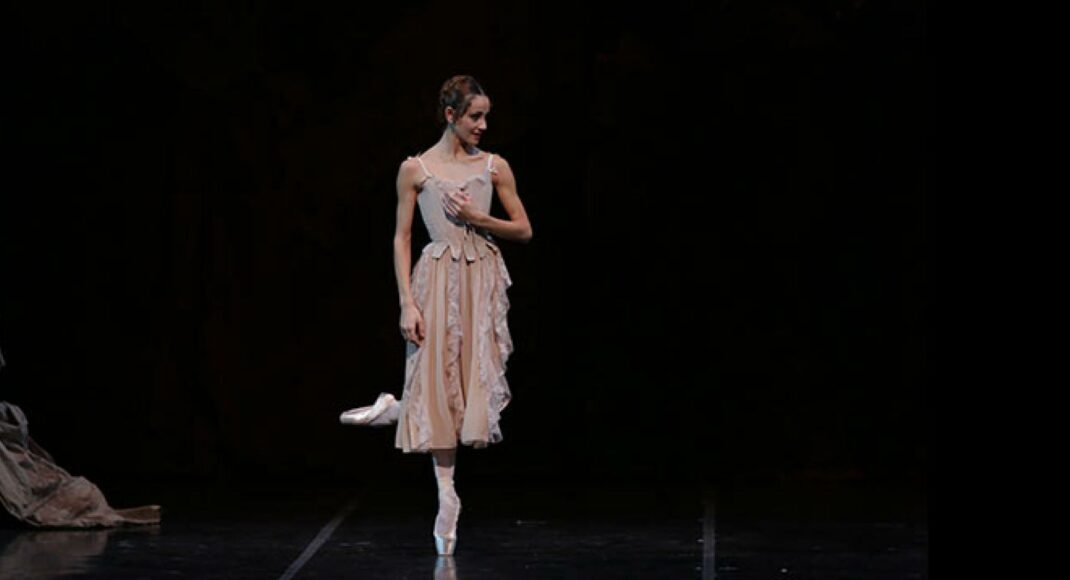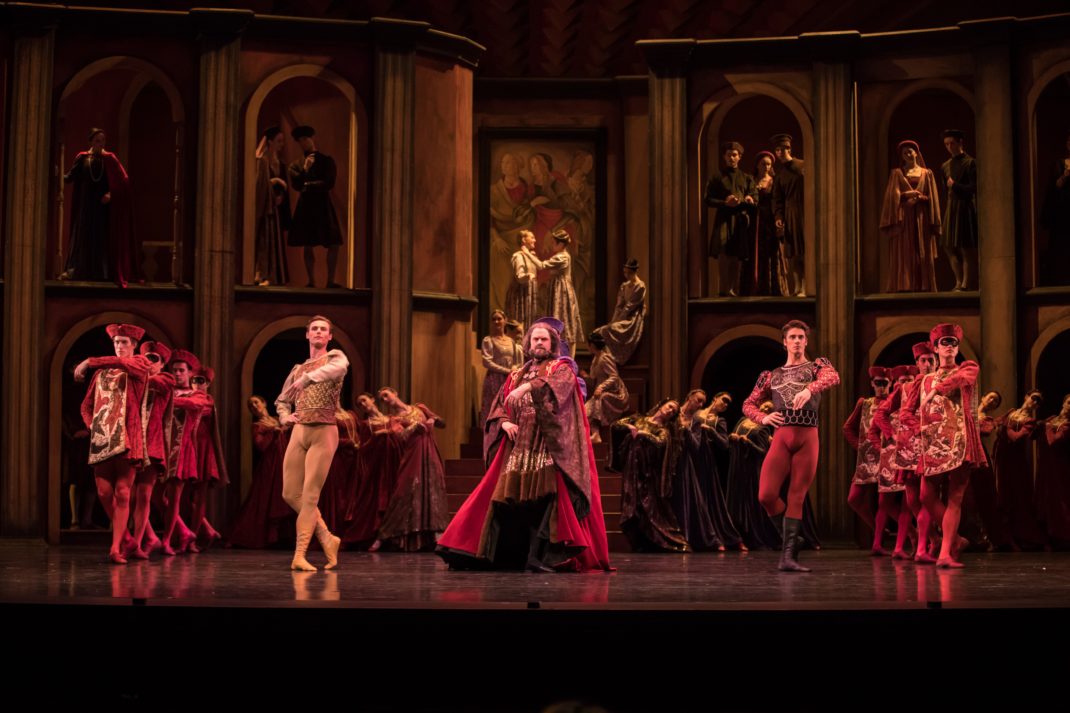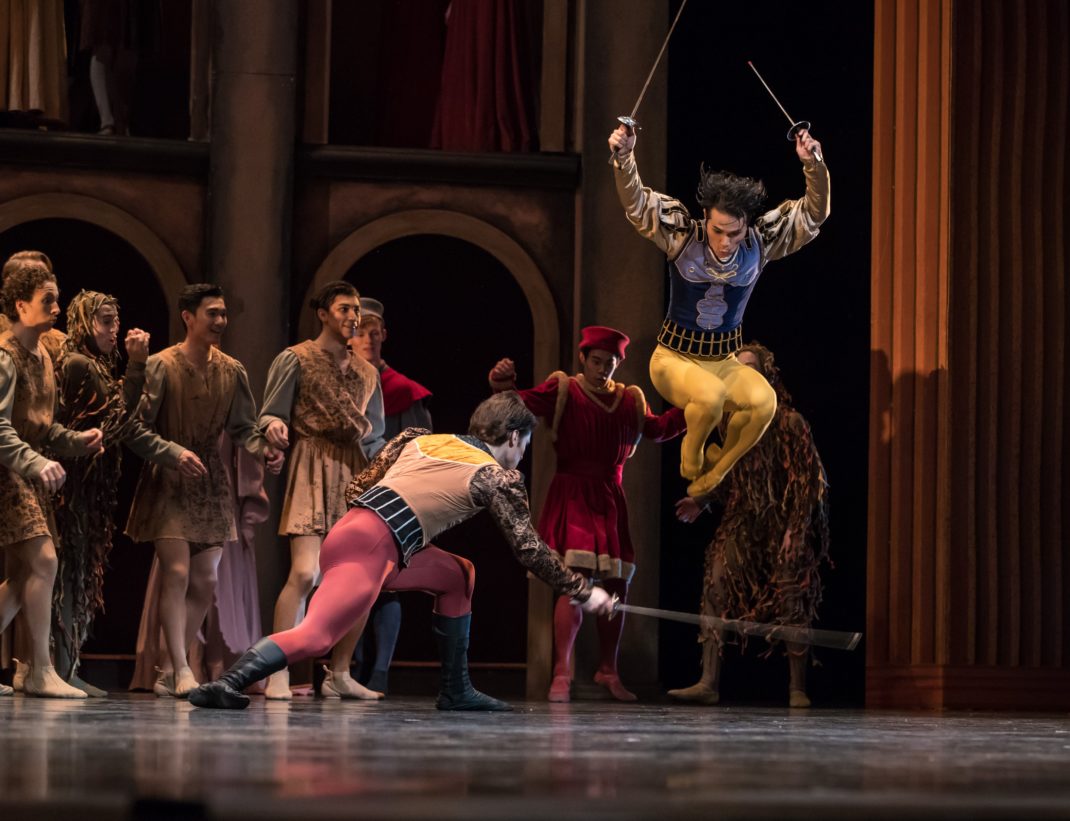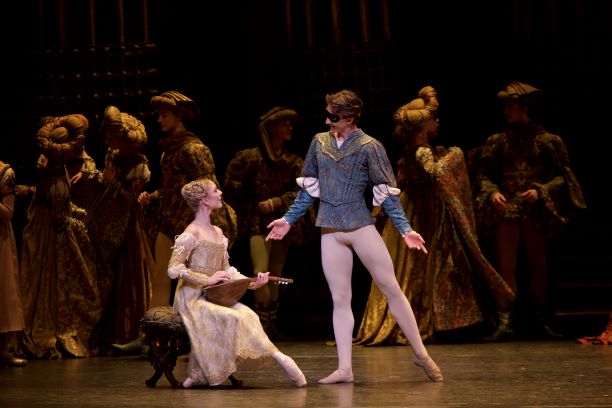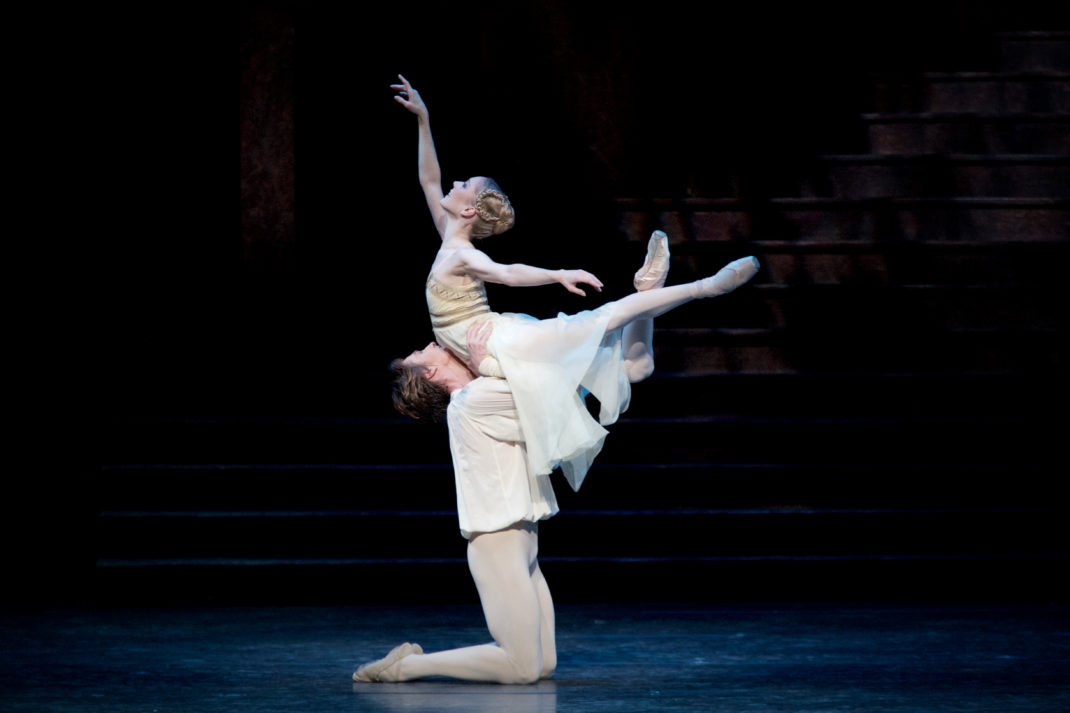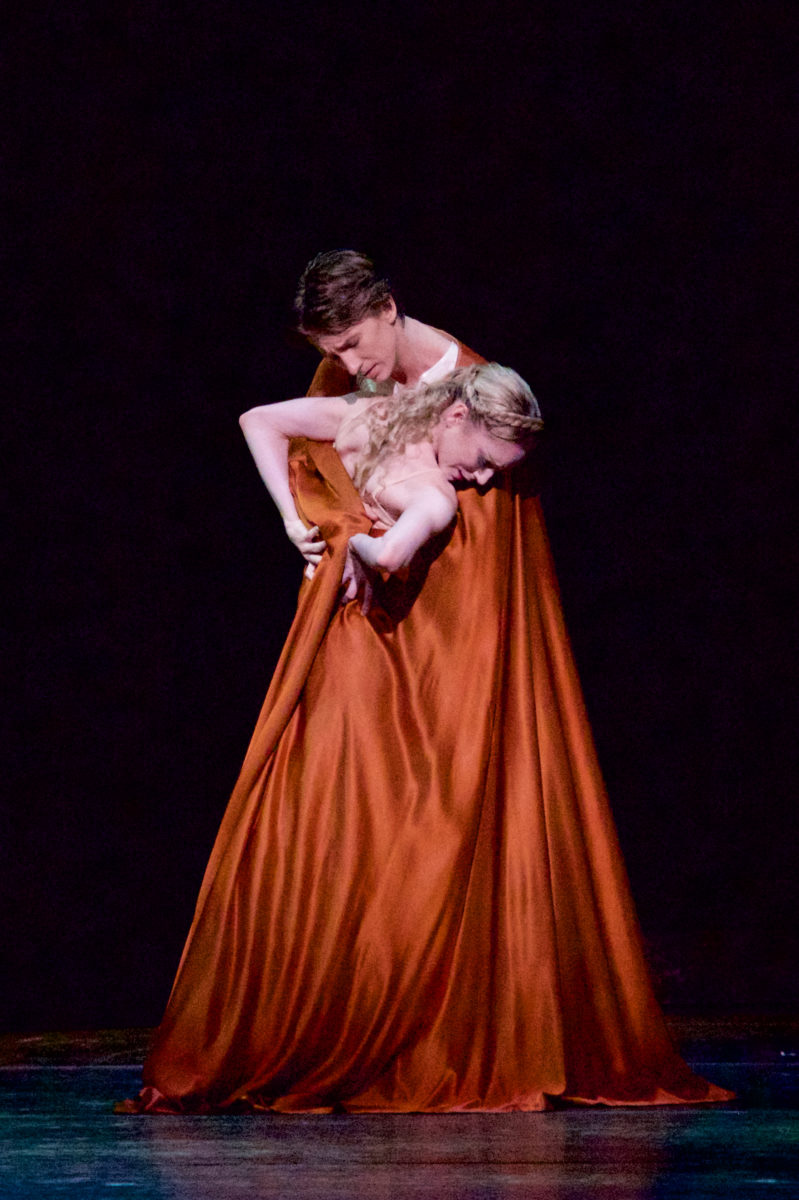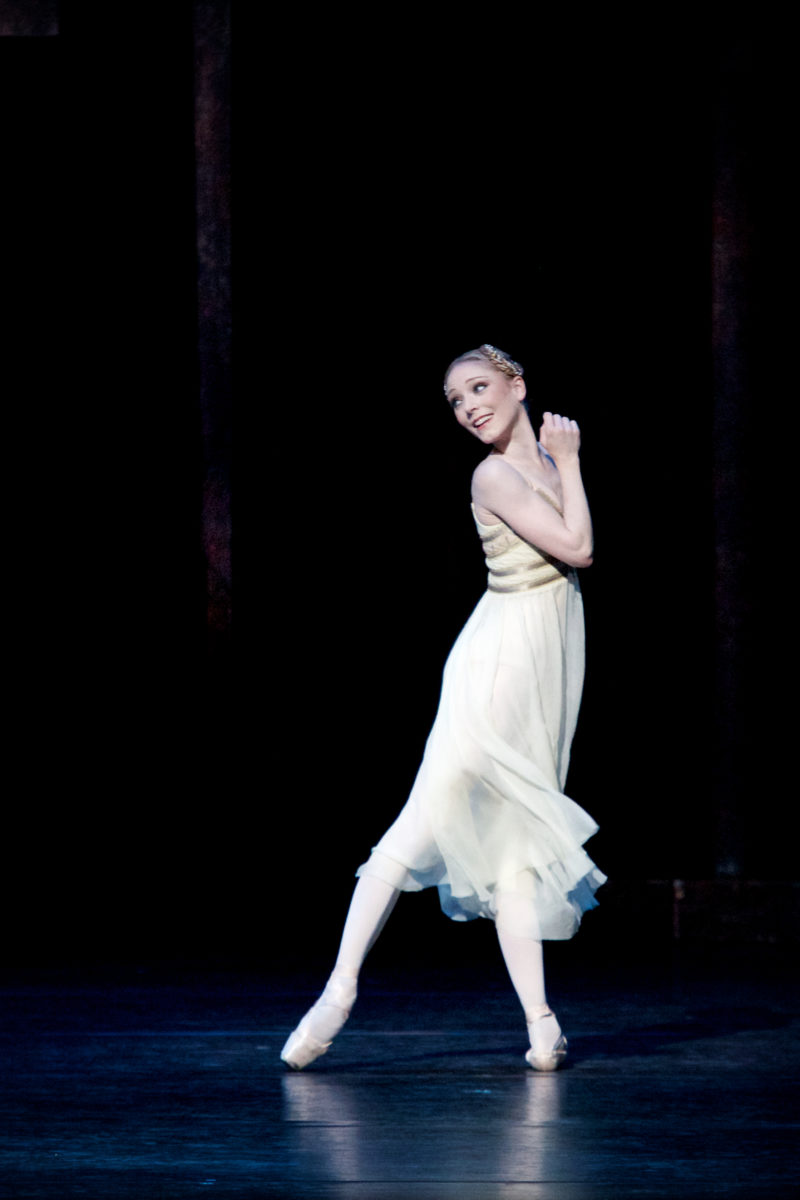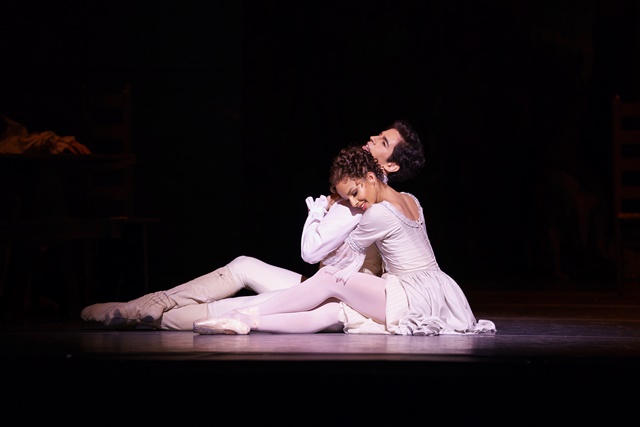22 September 2024. Palace Electric Cinema, Canberra
Kenneth MacMillan’s Manon, which premiered in 1974, has never been my favourite ballet. It has always seemed to be too long and to have a surplus of main characters that have often been hard to distinguish from each other. But I nevertheless went to see the film called L’Histoire de Manon as danced by La Scala Ballet in Milan to music by Jules Massenet. I was intrigued initially by the title and when reading about the ballet before seeing the film I discovered the following on the MacMillan website.
When the Paris Opera Ballet took Manon into its repertoire in 1991, a legal wrangle resulted in MacMillan’s ballet being re-titled L’Histoire de Manon. The heir to Massenet’s estate had objected to possible confusion between the opera and the ballet. Henceforth, the ballet has been known in Europe (with the exception of the United Kingdom) as L’Histoire de Manon and in the rest of the world simply as Manon.
To put it mildly, the film shows the ballet as a tour de force, completely understandable in all its facets and danced with remarkable technique from every performer. Standouts were Nicoletta Manni as Manon and Reece Clarke as the young student, Des Grieux, who falls in love with Manon and follows her to Louisiana, to where, as one of several prostitutes, she has been deported. Technically their performance of MacMillan’s choreography, especially the several pas de deux for them, with their flowing lifts, turns, slides and all manner of movements, was just spectacular. And as for their acting, the relationship between them was clearly evident. The audience could not have asked for more.
The same might be said for Nicola del Freo as Lescaut, Manon’s brother, and Gabrielle Corrado as Monsieur G. M., with whom Lescaut interacts to develop the connection with this rich old man who showers Manon with expensive items of clothing and jewellery. They are seen in the image below.
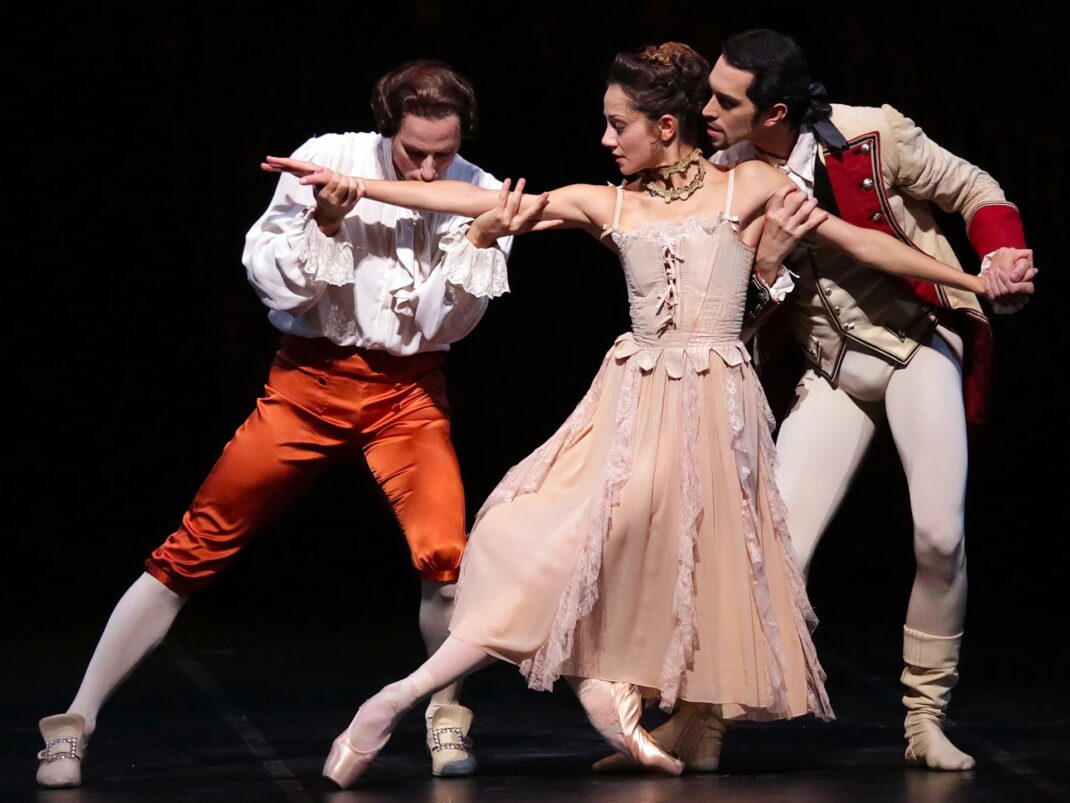
Even the ending in the swamp in Louisiana was so beautifully performed that its length seemed not to matter any more.
I admired Nicholas Georgiadis’ sets and costumes, as I have previously when seeing them used by London’s Royal Ballet in their production of Manon. They set up so well the difference between the rich and the poor in the story. (Manon will feature in the Australian Ballet’s 2025 season, when it will be performed with sets and costumes by Peter Farmer.)
More than anything, when looking back at my reactions while watching this film, I am very surprised by my emotional involvement in the production. I felt totally involved! It doesn’t happen all that often.
I have seen the La Scala company twice before, once in Brisbane in 2018 when they performed the Nureyev production of Don Quixote and once in Milan in 2019 when I saw their rendition of Wayne McGregor’s Woolf Works. On both those occasions I was blown away by the performances and after Don Quixote wrote ‘This was a spectacularly good production from an outstanding company of artists.’ The film L’histoire de Manon simply confirmed my opinion that this company is just amazing.
Michelle Potter, 24 September 2024
Featured image: Nicoletta Manni as Manon
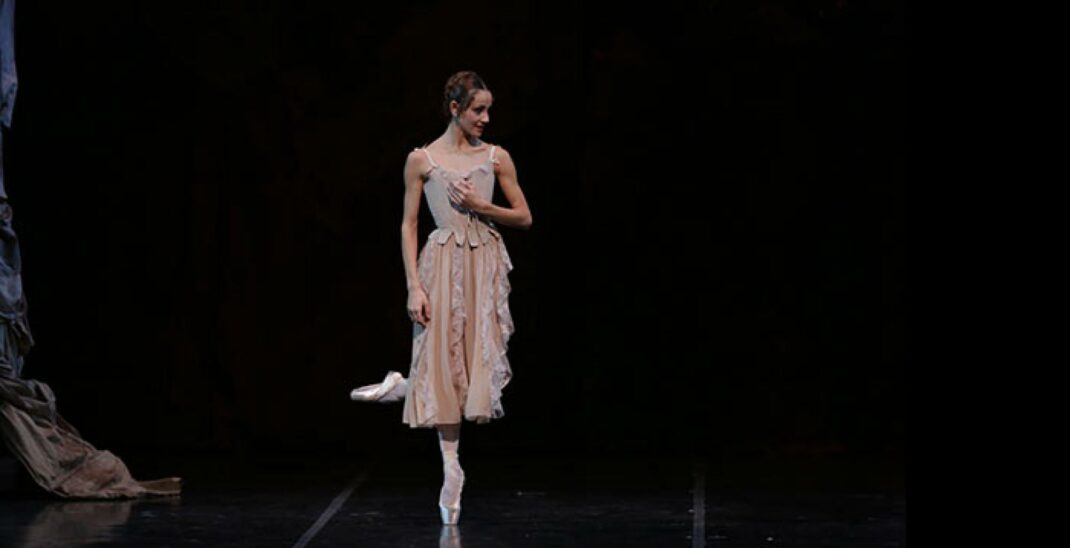
The photos used in this post come from publicity material for the film.
